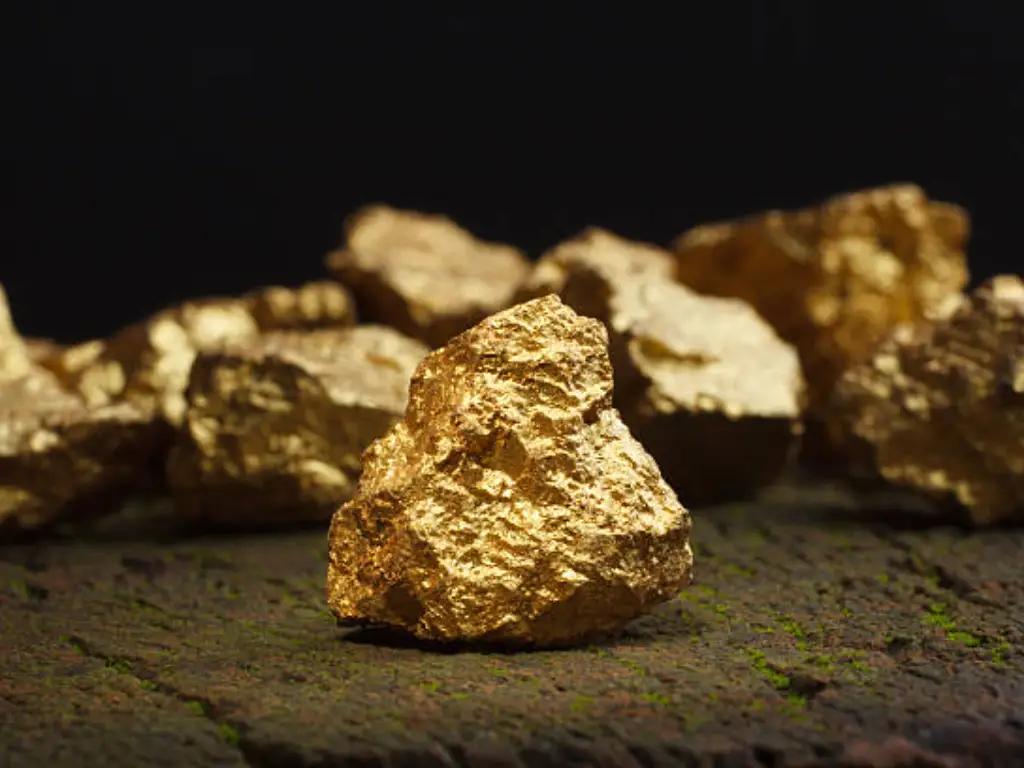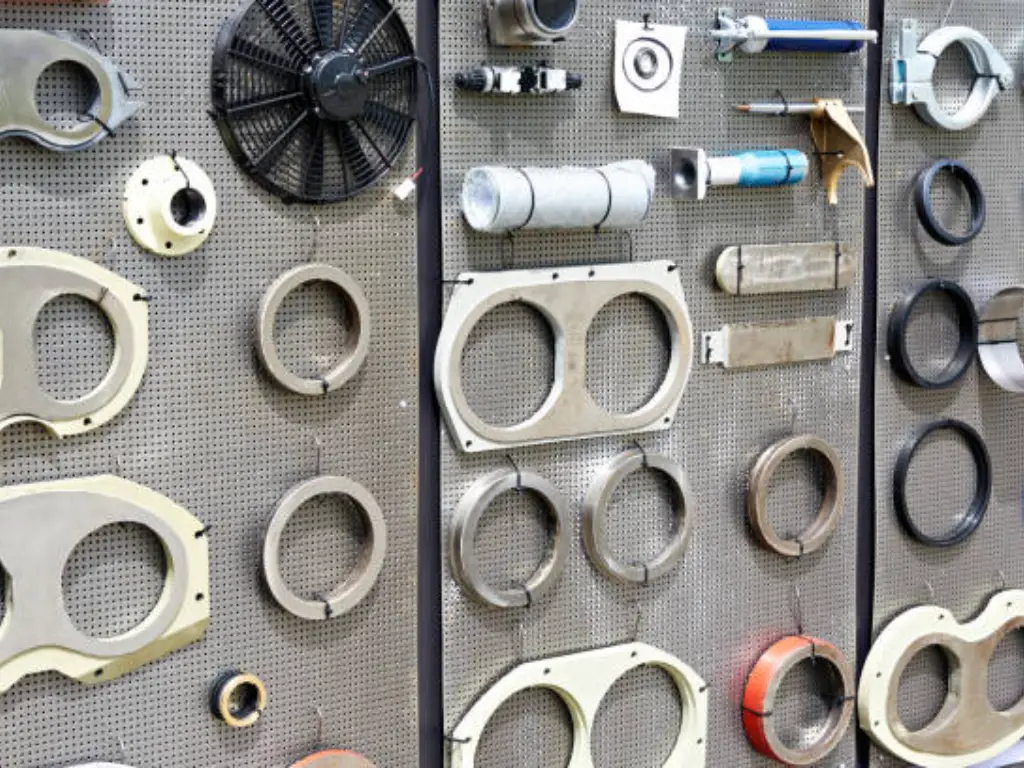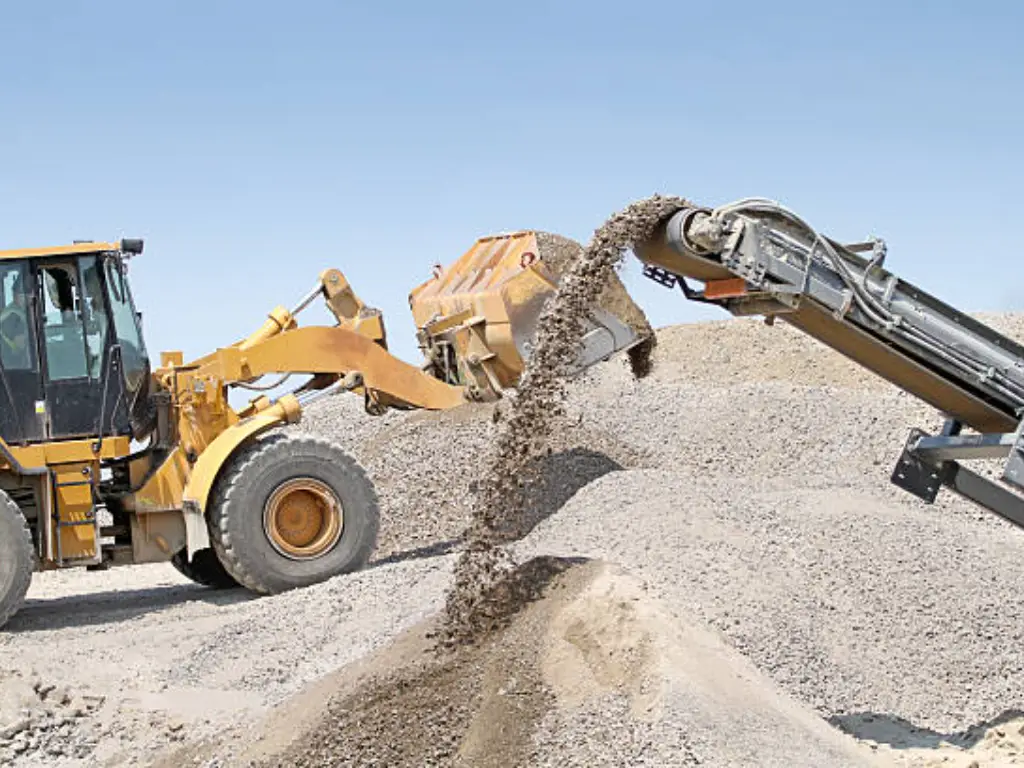- Home
- Blog
- Mineral Solution
- Top Methods on How to Identify Gold Ore in the Field
- mmldigi
What is Gold Ore?
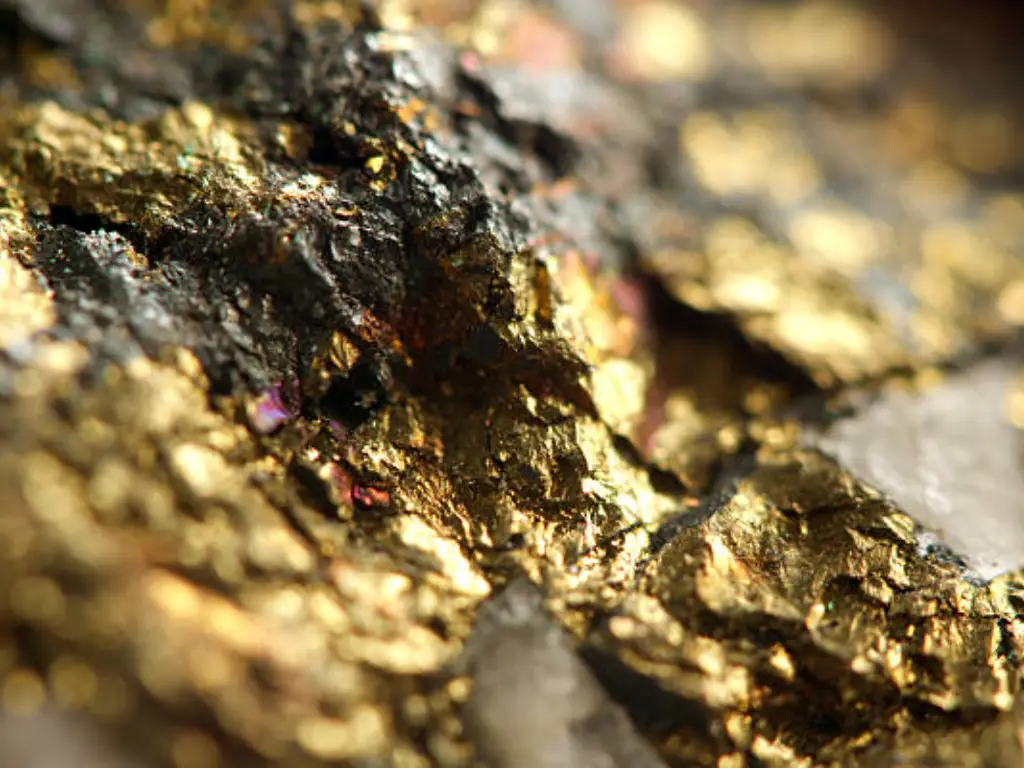
The general concept of gold ore is a rock that contains enough gold minerals to make it profitable to extract the metal from the ore. Gold deposits can occur in different structural and lithological environments including quartz veins, alluvial and eluvial deposits and hard rock mining sources. These deposits are usually found in linear features of deposition and are usually accompanied by high concentrations of iron oxides which are useful indicators to gold deposits.
The formation of gold ores is a result of various geological activities such as the migration of acidic mineral solutions in fractures. This mineralization can lead to various types of deposits, including those in mountain chains or placer zones, where gold has been leached out of the rock by weathering and then washed down by water, which creates the best residual placers. Knowledge of the kinds of rocks and their related gold deposits is important when gold prospecting in area rocks around rock junctions and gold bearing mines.
Identifying Gold Ore in Different Types of Rocks
| Rock Type | Characteristics | Gold Content |
|---|---|---|
| Quartz | Hard, crystalline structure, often white or transparent | High, gold often found in veins |
| Granite | Coarse-grained, composed of quartz, feldspar, and mica | Low, may contain small amounts in veins |
| Schist | Metamorphic, foliated texture | Moderate, gold found in associated quartz veins |
| Greenstone | Altered basalt, greenish color | High, commonly hosts lode gold deposits |
| Sedimentary Rocks | Layered, may contain fossils | Variable, often low but can host placer deposits |
| Basalt | Fine-grained, dark volcanic rock | Low, occasionally contains small gold particles |
| Pyrite (Fool's Gold) | Metallic luster, brass-yellow color | None, often mistaken for gold |
| Carbonate Rocks | Composed of calcite or dolomite | Low, can host gold in specific conditions |
Field Tools and Equipment for Gold Ore Identification
When prospecting for gold ore in the field, it is always advisable to use the right tools and equipment. These include a rock hammer, hand lens or magnifying glass, portable XRF analyzer, and a gold pan. A metal detector is also an essential equipment in searching for the hidden gold deposits especially where there is placer gold. For more accurate identification, a hand-held mineral identification kit with chemicals for the different tests can be used.
It is also helpful to bring a GPS unit to stake out potential sites and a notebook for note-taking. Gloves and safety glasses are required to minimize contact with sharp rocks and exposure to chemicals. A camera can capture the results and the geological characteristics of the area, which can be useful for further investigation.
How to Identify Gold Ore?
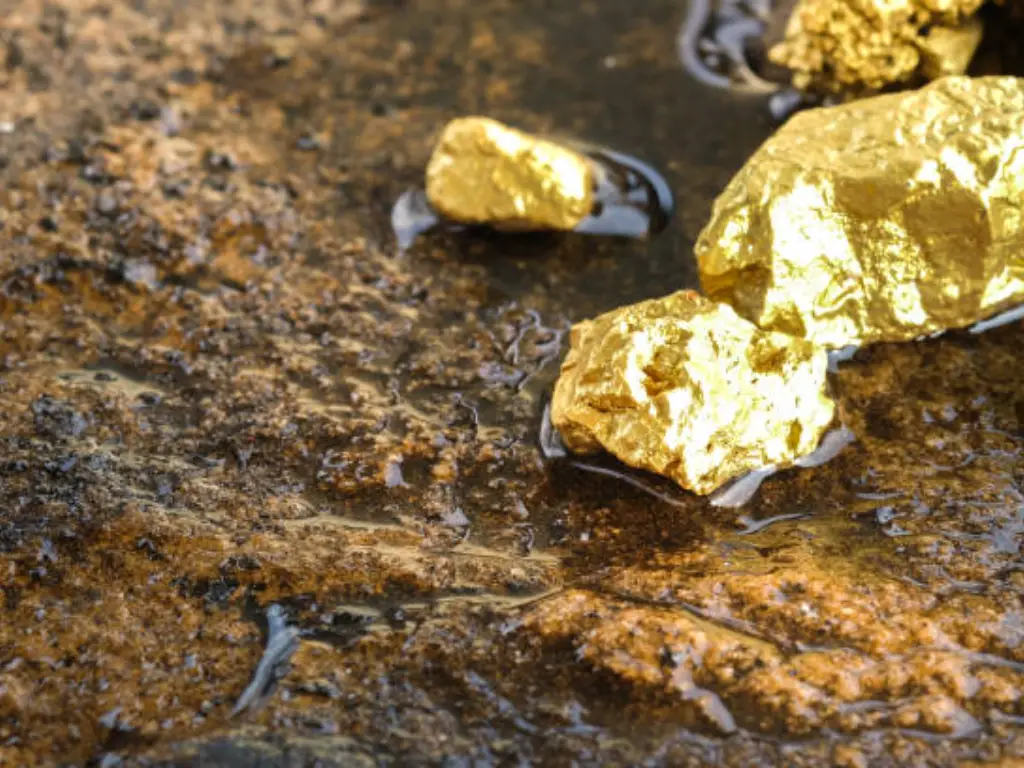
Method 1: Simple Method
To use color observation and weight check to find gold ore, begin by looking at the rock surface and if it is lighter in color which shows iron oxides. This is because gold-bearing rocks are usually of a different color from other rocks, particularly where there is much quartz. Next, take the rock and try to hold it in your hand and feel its weight. Gold is denser than most minerals and therefore the gold bearing rocks are denser than the other rocks. These basic observations can help you quickly determine areas of potential gold ore, especially in productive rock types.
This method is very fast, easy and does not involve the use of any equipment and therefore can be used to conduct a preliminary survey of the general area. However, it can be inaccurate because other minerals, such as pyrite (fool’s gold), can look similar to gold. This method might produce false positive results and should be followed up with more accurate tests to confirm the results.
Method 2: Fire Assay
Fire assay is a very accurate and detailed procedure of analyzing the gold content in the ore sample which involves pulverizing the sample into a fine powder, adding fluxes such as lead oxide and heating the mixture in a furnace. The gold will be gathered by the lead and form a bead, and the weight of the bead will be measured to determine the amount of gold. This method involves the use of a furnace, flux materials, and safety equipment, and is therefore suitable for analyzing ore from hard rock gold deposits.
Fire assay is very accurate and is used as the benchmark for gold content determination. However, it needs special apparatus, takes a lot of time, and involves the use of hazardous chemicals and heat, which makes it less appropriate for fast field testing, especially in areas that are several miles away from a laboratory.
Method 3: Chemical Reagent Test
Chemical reagent tests involve the use of certain chemicals to determine the presence of gold. One of the tests is to put the suspected gold in aqua regia (a mixture of nitric acid and hydrochloric acid) to dissolve the gold. Sprinkle a small amount of the chemical on a rock sample; if gold is present, it will dissolve, thus giving a positive result. These reagents can be transported in portable test kits and used in the field with appropriate personal protective equipment, especially where vein quartz is evident.
Chemical reagent tests are less complicated and can be done on the spot, and they do not take a lot of time to give the results. Nevertheless, working with acids and other chemicals should be done carefully and with the help of protective gear. It may not be as accurate as laboratory methods, and the tests generate waste that is dangerous to the environment. It is useful for initial screening but should be supplemented by more precise measurements.
Method 4: Geological Survey
Method 5: Magnetic Test
Method 6: Microscopic Examination
Method 7: Engage a Professional Assayer
Method 8: Bending and Shearing
Real-Life Examples of Gold Ore Identification
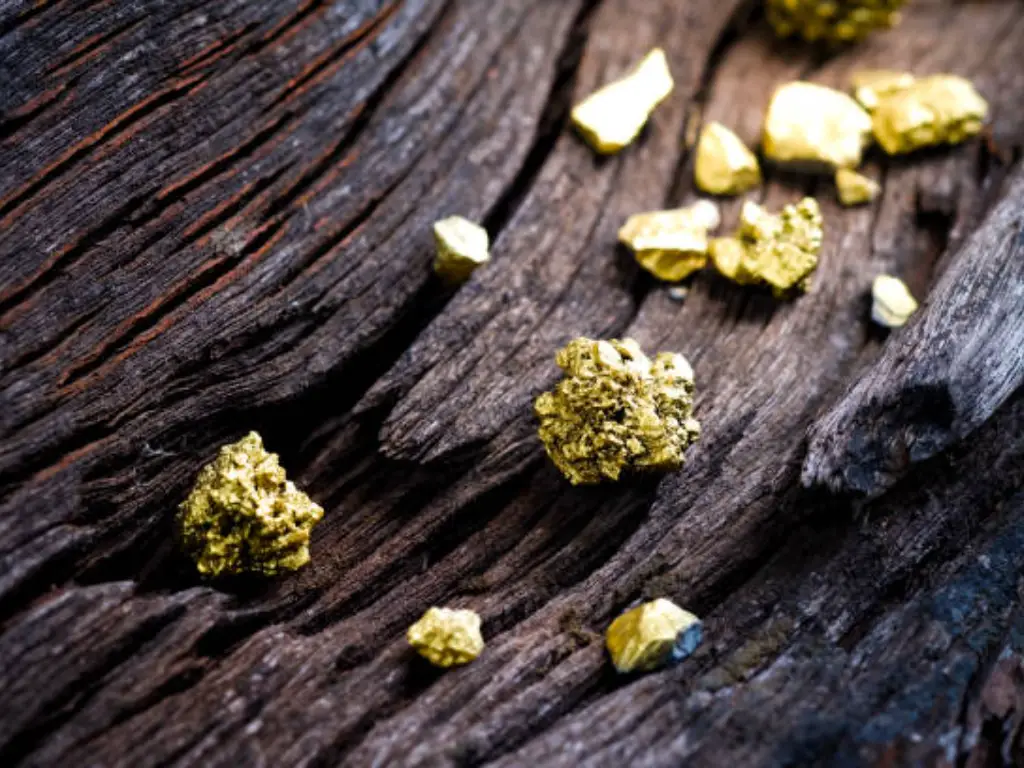
Easily Confused Gold-like Minerals
